Companion planting is essential for nurturing the beauty and vigor of coneflower gardens. By strategically selecting companion plants for coneflowers, gardeners not only enhance the garden’s aesthetic appeal but also promote its overall health. Thoughtful selection and placement of these companions create harmonious landscapes, where the interplay of colors and textures forms a delightful symphony.
Companion planting fosters biodiversity, attracting beneficial insects and pollinators. As coneflowers stand tall, their companions work to attract bees, butterflies, and more, ensuring a thriving ecosystem.
Strategic combinations optimize soil conditions, bloom times, and growth habits, resulting in healthy growth and abundant blooms. This tapestry of colors and scents enchants the senses and nourishes the soul.
Selecting Companion Plants for Coneflowers
When selecting companion plants for coneflowers, it’s crucial to consider various factors that contribute to a thriving garden. Let’s delve into exploring the perfect companions for your coneflowers, ensuring they flourish in harmony.
1. Bloom Color Harmony: One of the joys of gardening is the vibrant display of colors. Pairing coneflowers with companions like marigolds or black-eyed Susans creates a symphony of hues that uplifts the garden’s atmosphere.
2. Growth Habit Compatibility: To create a visually appealing garden, it’s essential to consider the growth habits of plants. Combining coneflowers with ornamental grasses or sedum ensures a balanced and structured landscape that exudes elegance.
3. Attracting Beneficial Insects and Pollinators: Invite nature’s helpers into your garden by planting coneflowers alongside bee balm, butterfly weed, or lavender. These companion plants not only enhance the beauty of the garden but also attract beneficial insects and pollinators, ensuring a thriving ecosystem.
4. Drought Tolerance and Soil Conditions: In areas prone to dry spells, selecting drought-tolerant companions like salvia or goldenrod ensures the garden remains lush and vibrant. Consider the soil conditions and opt for companions that thrive in well-drained soil to create a resilient and flourishing garden bed.
By incorporating these companion plants into your coneflower garden design, you not only enhance its beauty but also create a haven for beneficial insects and pollinators. With thoughtful selection and placement, your garden will bloom with color, fragrance, and life throughout the seasons.
What to plant with coneflowers ?
Pairing coneflowers with specific companion plants enhances the beauty and diversity of the garden while promoting a healthy ecosystem. Here are some ideal companions for coneflowers:
Coneflower Companions with Similar Bloom Colors
Lavender
The pairing of lavender and echinacea is a match made in garden heaven. Their shared purple hues not only complement each other but also create a visually stunning display that captivates the senses. As the gentle fragrance of lavender wafts through the air, it harmonizes beautifully with the delicate petals of echinacea, enhancing the overall appeal of the garden.
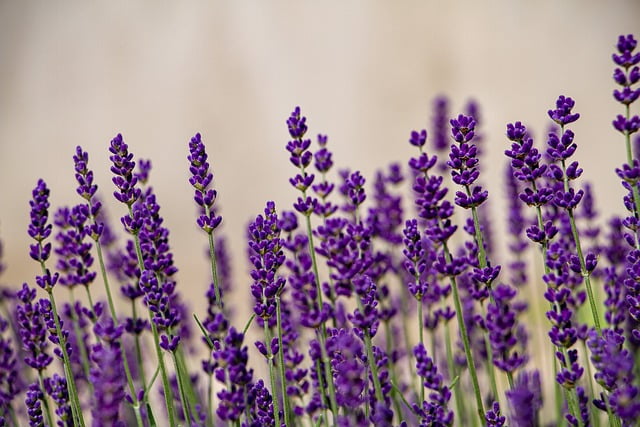
Marigolds
Marigolds bring more than just vibrant colors to the garden; they also serve as natural pest deterrents. Their cheerful blooms in shades of orange and yellow not only add a pop of color but also help protect coneflowers from unwanted pests. With their sunny disposition, marigolds contribute to a lively and pest-resistant garden bed.

Goldenrod
Picture a garden bathed in the golden glow of sunshine – that’s what goldenrod brings to the table. Its yellow blooms create a striking contrast against the purple hues of coneflowers, infusing the garden with warmth and radiance. Goldenrod’s cheerful demeanor and resilience make it an ideal companion for coneflowers, adding both beauty and vigor to the landscape.

Companion Plants with Complementary Growth Habits
Ornamental Grasses
Ornamental grasses offer a delightful texture and height variation when paired with coneflowers. Their graceful sway in the breeze adds movement and dimension to the garden, creating a dynamic landscape that’s both visually appealing and captivating. Whether tall and feathery or short and compact, ornamental grasses complement the stature of coneflowers, enhancing the overall garden design.
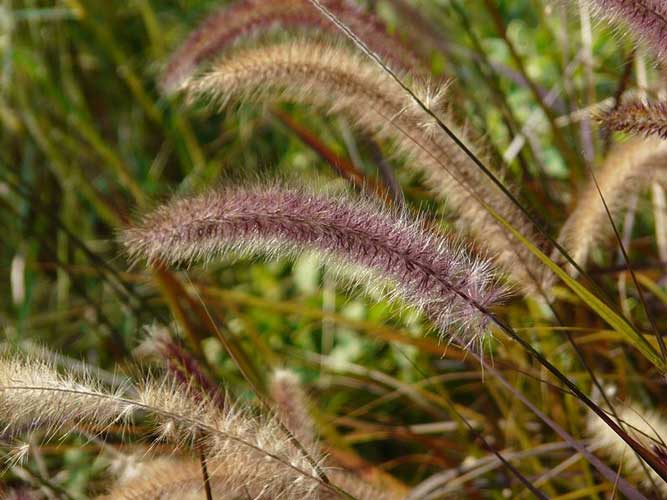
Sedum
With its low-growing nature, sedum is the perfect ground cover to fill in gaps and add depth to the garden bed. Its succulent foliage and vibrant blooms create a lush carpet beneath the towering stems of coneflowers, filling the space with color and life. Sedum’s resilience and ability to thrive in various conditions make it a reliable companion for coneflowers, ensuring year-round beauty in the garden.
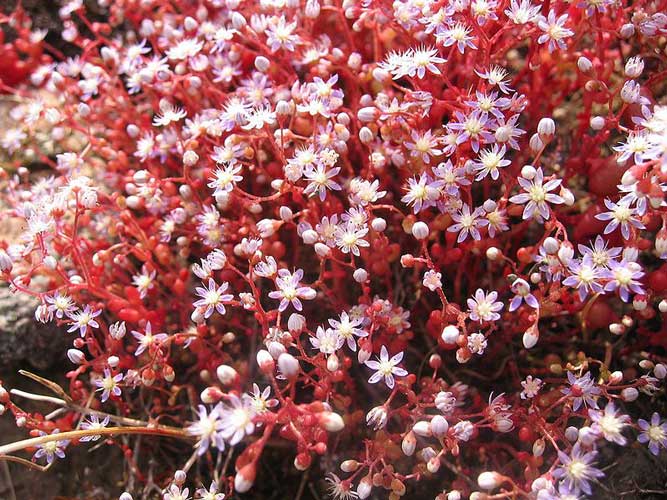
Catmint
Catmint delights with its bushy growth habit and attractive foliage, making it an excellent companion for coneflowers. Its aromatic leaves and delicate blooms not only add visual interest but also attract pollinators like bees and butterflies, contributing to a thriving ecosystem. Catmint’s easy-going nature and compatibility with coneflowers make it a valuable addition to any garden, creating a harmonious and enchanting landscape.
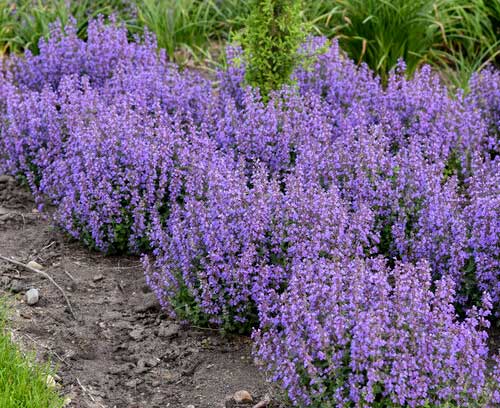
Attracting Pollinators and Beneficial Insects
Bee Balm (Monarda)
Bee Balm emerges as a hero in the garden, drawing in a flurry of bees and butterflies with its vibrant blooms. As these delightful pollinators flit from flower to flower, they play a crucial role in pollination, ensuring the continued abundance of blooms in the garden. Bee Balm’s cheerful demeanor and sweet nectar make it a must-have companion for coneflowers, creating a haven for pollinators to thrive.
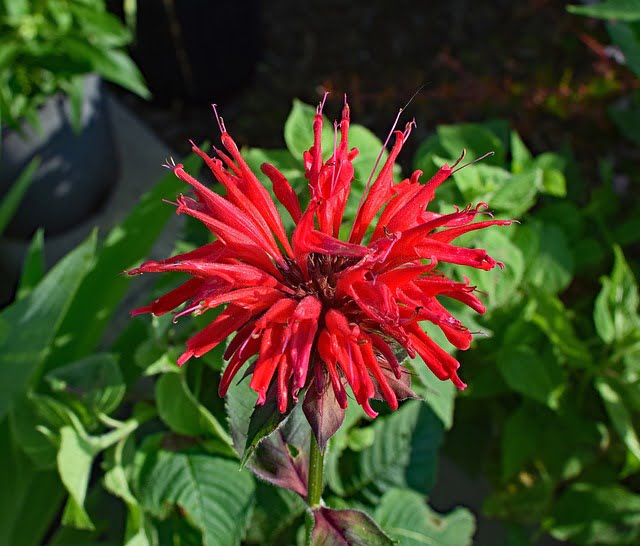
Butterfly Weed
As its name suggests, Butterfly Weed is a magnet for monarch butterflies, offering them a vital source of nectar and sustenance. Its bright orange blooms stand out against the green foliage, beckoning butterflies to feast and linger. By including Butterfly Weed alongside coneflowers, gardeners not only attract these majestic creatures but also contribute to their conservation efforts, fostering a deeper connection with nature.
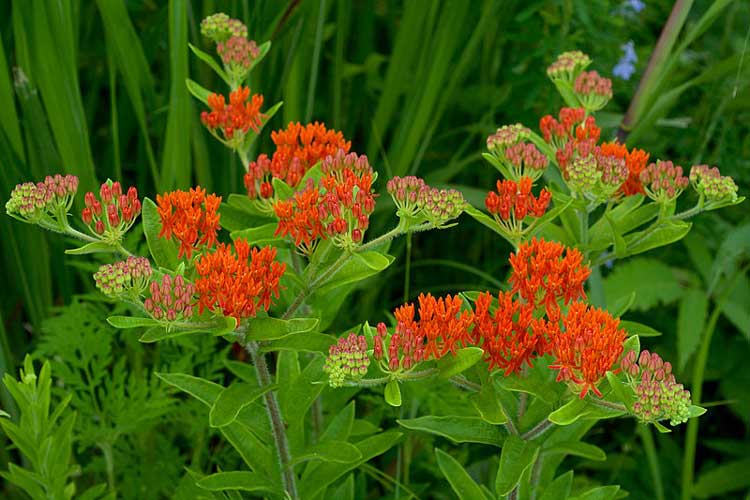
Coreopsis
With its sunny disposition and cheerful blooms, Coreopsis is a beacon for pollinators, including bees, butterflies, and even hummingbirds. Its daisy-like flowers create a whimsical charm in the garden, inviting pollinators to dance among its petals. By pairing Coreopsis with coneflowers, gardeners create a vibrant and bustling ecosystem teeming with life and activity, where pollinators thrive and blooms abound.
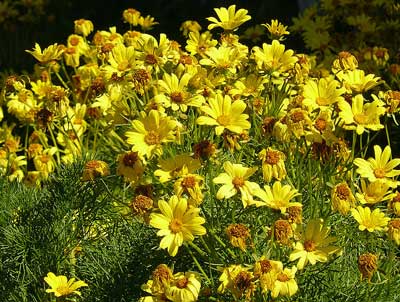
Considering Bloom Time and Succession Planting
Phlox
Phlox boasts an extended bloom time, making it an ideal companion for coneflowers. Its colorful blossoms persist throughout the summer, overlapping with the flowering period of coneflowers. This seamless synchronization ensures a continuous display of vibrant blooms, delighting garden enthusiasts and pollinators alike.
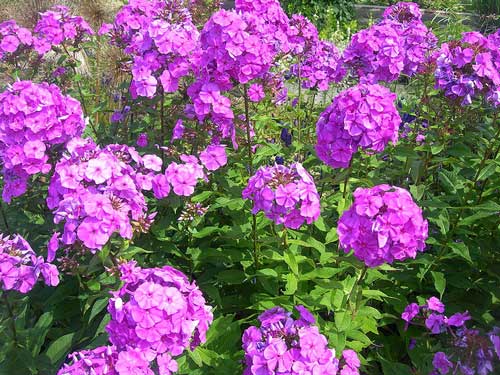
Salvia
Salvia stands out for its long-lasting blooms, which perfectly complement late-season coneflowers. As coneflowers begin to fade, salvia bursts into bloom, rejuvenating the garden with its striking colors and graceful form. This harmonious partnership ensures that the garden remains vibrant and lively until the end of the growing season.
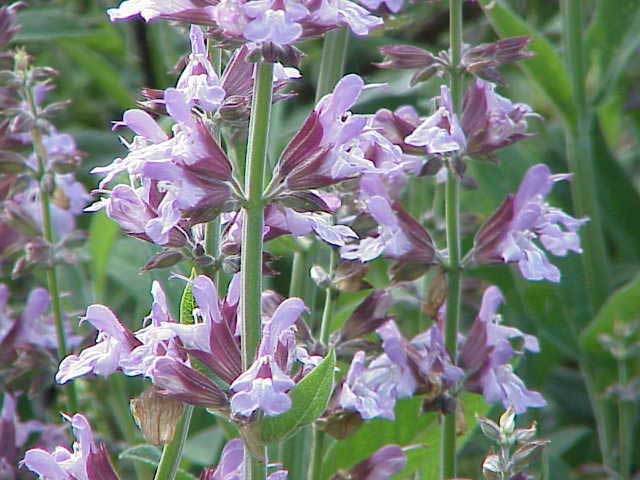
Black-eyed Susan
With its late-summer blooms and vibrant hues, Black-eyed Susan adds a burst of color to the garden when coneflowers may start to wane. Its cheerful flowers create a stunning contrast against the backdrop of fading foliage, infusing the garden with renewed energy and vitality.
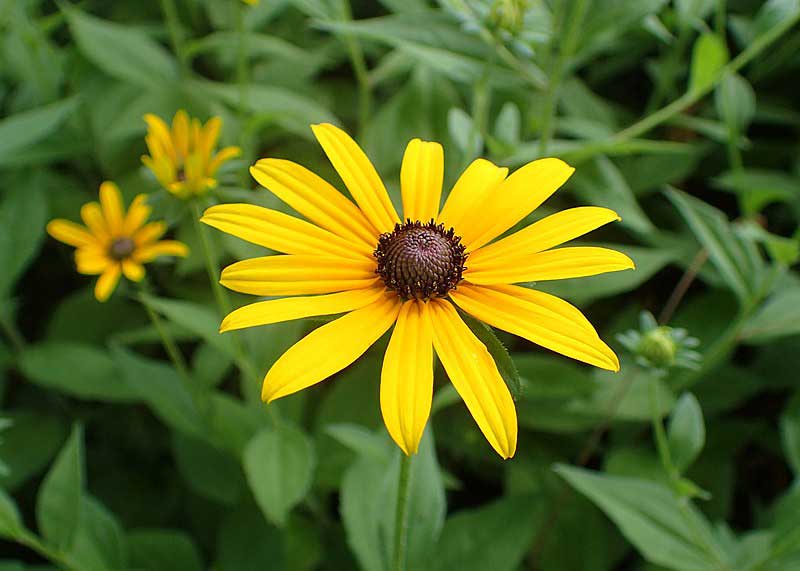
Addressing Specific Garden Conditions
Heuchera
Known for its shade tolerance, Heuchera offers a striking contrast to coneflowers in mixed beds. Its foliage comes in a myriad of colors, from deep purples to vibrant greens, adding visual interest and depth to the garden’s shady corners. This versatile plant thrives alongside coneflowers, creating a dynamic and balanced landscape.
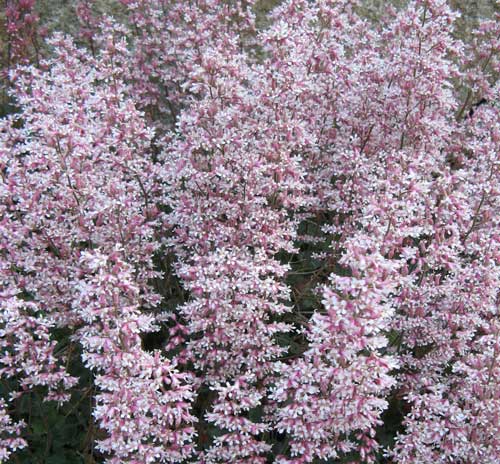
Coleus
Explore the versatility of Coleus in providing color in both sun and shade conditions. With its vibrant foliage and adaptability, Coleus thrives alongside coneflowers, whether basking in the sun or nestled in the shade. Its colorful leaves create a striking contrast against the backdrop of coneflower blooms, adding drama and interest to the garden design.

By considering bloom time and specific garden conditions, gardeners can create harmonious landscapes that showcase the beauty and diversity of companion plants alongside coneflowers. These carefully selected companions not only enhance the visual appeal of the garden but also ensure a continuous display of color and interest throughout the seasons.
Coneflower Companion Plants Vegetables
Tomatoes
Tomatoes offer many benefits when planted alongside coneflowers. Their colorful fruits attract pollinators, making the garden more vibrant. With deep roots, they improve soil quality, giving coneflowers more nutrients. Some types of tomatoes also naturally repel pests, keeping the garden healthy without harmful chemicals. By planting tomatoes with coneflowers, gardeners create a balanced and thriving garden.
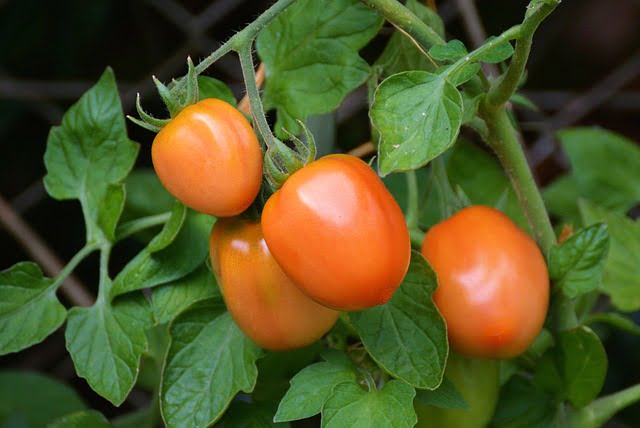
Peppers
Peppers are great friends for coneflowers, bringing many advantages to the garden. Their bright fruits and leaves draw in bees and butterflies, making the garden lively. Peppers also have natural ways to keep pests away, so there’s less need for pesticides. Their compact size means they fit well with coneflowers, making the most of garden space. By planting peppers with coneflowers, gardeners create a happy and healthy garden.
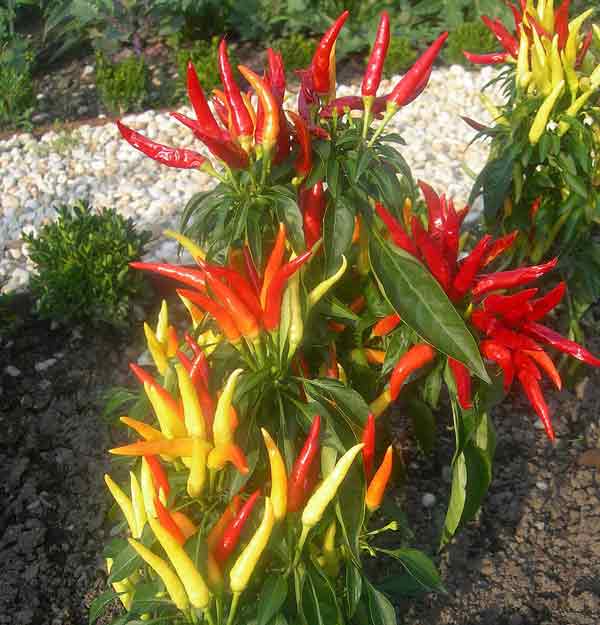
Beans
Beans are helpful buddies for coneflowers, providing lots of good things for the garden. They add important nutrients to the soil, which helps coneflowers grow strong and healthy. Beans also attract helpful insects and pollinators, making the garden more diverse and lively. By growing beans next to coneflowers, gardeners make the most of their garden space and help everything grow better.
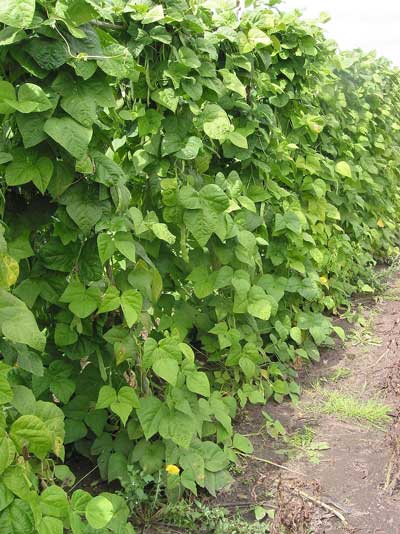
Cucumbers
Cucumbers are wonderful partners for coneflowers, offering many benefits to the garden. Their refreshing fruits bring joy to the garden and attract busy bees and butterflies. Cucumbers also grow well upwards, so they can share space with coneflowers without getting in the way. With their spreading vines, they help keep weeds down and save water in the soil. By planting cucumbers with coneflowers, gardeners create a beautiful and productive garden.

Understanding Coneflowers (Echinacea) Garden Design
Understanding the principles of Echinacea garden design sets the stage for creating captivating landscapes that showcase the beauty and versatility of these beloved blooms.
Overview of Echinacea Garden Design Principles
Echinacea garden design revolves around celebrating the natural charm and resilience of these stunning flowers. By incorporating Echinacea into garden landscapes, enthusiasts can create vibrant and dynamic outdoor spaces that enchant the senses.
Factors to Consider
When designing a garden with Echinacea, several key factors come into play:
1. Soil Conditions: Echinacea thrives in well-drained soil that provides adequate moisture without becoming waterlogged. Ensuring optimal soil conditions sets the foundation for healthy growth and vibrant blooms.
2. Bloom Time: Understanding the bloom time of Echinacea varieties allows gardeners to plan for continuous color throughout the growing season. By selecting different cultivars with varying bloom times, they can create a kaleidoscope of colors that evolves over time.
3. Growth Habit: Echinacea exhibits a clumping growth habit, with sturdy stems rising above the foliage to showcase its iconic cone-shaped flowers. Considering its growth habit helps in determining placement within the garden and allows for strategic companion planting.
4. Companion Plants: Companion planting plays a vital role in Echinacea garden design, enhancing its beauty and attracting pollinators. Pairing Echinacea with complementary companions like lavender, salvia, and black-eyed Susans creates harmonious landscapes that bloom with color and life.
Creating Coneflower Garden Ideas
With Echinacea as the focal point, gardeners can explore endless possibilities for designing captivating landscapes. Whether nestled in cottage gardens or showcased in prairie-style plantings, Echinacea adds a touch of elegance and charm to any outdoor space.
Incorporating elements like ornamental grasses, coral bells, and phlox further enhances the visual appeal of Echinacea gardens, creating a tapestry of colors, textures, and fragrances that delight the senses.
By understanding the principles of Echinacea garden design and considering factors like soil conditions, bloom time, and companion planting, gardeners can create enchanting outdoor sanctuaries that celebrate the beauty and resilience of these beloved blooms.

Practical Tips for Successful Coneflower Companion Planting
When it comes to companion planting with coneflowers, a thoughtful approach and understanding of plant needs and garden design principles are key to creating a thriving and visually appealing landscape.
Understanding of Plant Needs and Garden Design Principles
To ensure successful companion planting with coneflowers, it’s essential to first understand the unique requirements of each plant and how they interact within the garden ecosystem. By considering factors such as sunlight exposure, soil preferences, and growth habits, gardeners can create harmonious landscapes where plants thrive together.
Planting Layouts and Color Schemes
Strategic planting layouts and color schemes play a crucial role in enhancing the beauty and cohesion of coneflower gardens. Consider planting companions like lavender, salvia, or black-eyed Susans in clusters around coneflowers to create visual interest and balance. Experimenting with complementary colors and textures adds depth and dimension to the garden, creating a dynamic and inviting space.
Benefits of Companion Planting
Companion planting not only enhances the aesthetic appeal of coneflower gardens but also attracts pollinators and beneficial insects, promoting a healthy and biodiverse ecosystem. Plants like bee balm, butterfly weed, and phlox serve as valuable companions, drawing pollinators to the garden and ensuring the successful pollination of coneflowers. Additionally, incorporating a variety of flowering plants and foliage adds visual interest and creates a vibrant and pollinator-friendly environment.
By following these practical tips and embracing the principles of companion planting, gardeners can create stunning and ecologically rich landscapes that celebrate the beauty and versatility of coneflowers. With careful consideration of plant needs, thoughtful planting layouts, and the benefits of companion planting, coneflower gardens can thrive year-round, delighting both gardeners and visitors alike.
FAQ’s
How to make an Echinacea Garden Design?
To create a stunning Echinacea garden design, start by selecting a sunny location with well-drained soil. Incorporate a variety of Echinacea species and cultivars to add diversity to your garden. Mix in complementary plants such as Bee Balm, Black-Eyed Susans, and ornamental grasses to enhance the visual appeal and attract pollinators. Consider incorporating raised beds or containers for added dimension and interest.
What are some Echinacea Companion Plants Vegetables?
Some vegetables that make good companion plants for Echinacea include tomatoes, peppers, beans, and cucumbers. These vegetables benefit from the pollinators attracted by Echinacea and help create a biodiverse and productive garden ecosystem.
What are some creative Coneflower Garden Ideas?
Creative Coneflower garden ideas include creating themed gardens such as a butterfly garden or a prairie-style garden with native grasses and wildflowers. Incorporate Coneflowers in mixed borders, mass plantings, or as focal points in flower beds. Experiment with color schemes and plant heights to add visual interest to your garden.
Write some names of Coneflower Companion Plants Vegetables.
Some companion plants vegetables for Coneflowers include tomatoes, squash, zucchini, beans, and cucumbers. These vegetables benefit from the pollinators attracted by Coneflowers and help create a diverse and productive garden.
Do Bee Balm and Echinacea make good companion plants when grown together?
Yes, Bee Balm and Echinacea make excellent companion plants when grown together. Bee Balm attracts pollinators such as bees and butterflies, which benefit Echinacea by promoting cross-pollination and increasing fruit set.
Do Coneflower and Ornamental Grass make good companion plants when grown together?
Yes, Coneflowers and ornamental grasses make excellent companion plants when grown together. The contrasting textures and heights of Coneflowers and ornamental grasses create a dynamic and visually appealing garden landscape.
How to incorporate Landscaping with Coneflowers?
Incorporating landscaping with Coneflowers involves integrating them into flower beds, borders, and mixed plantings. Plant Coneflowers in groups or drifts to create a bold statement, or use them as focal points to draw attention to specific areas of the garden. Combine Coneflowers with other perennials, annuals, and ornamental grasses to create dynamic and visually appealing landscapes.
What are some Coneflower Landscaping tips?
Some Coneflower landscaping tips include planting them in well-drained soil and providing adequate sunlight. Deadhead spent flowers to prolong blooming and prevent self-seeding. Incorporate companion plants such as Black-Eyed Susans, Bee Balm, and Lavender to enhance the visual appeal and attract pollinators.
Which plants are the best Purple Coneflower Companion Plants?
Some of the best companion plants for Purple Coneflowers include Bee Balm, Black-Eyed Susans, Lavender, and ornamental grasses. These plants complement the vibrant colors and upright growth habit of Purple Coneflowers while attracting pollinators to the garden.
How can Coneflowers be used in Landscape to enhance the overall design?
Coneflowers can be used in the landscape to add color, texture, and height to garden beds and borders. Plant them in mass plantings or mixed borders for a bold statement, or use them as focal points to draw attention to specific areas of the garden. Combine Coneflowers with other perennials, annuals, and ornamental grasses to create dynamic and visually appealing landscapes.
Are Coneflowers Annuals or Perennials plants?
Coneflowers are perennial plants, meaning they return year after year in the garden. With proper care and maintenance, Coneflowers can live for many years, providing beautiful blooms season after season.
What to Plant with Purple Cone Shaped Flowers?
Purple Coneflowers pair well with a variety of plants such as Bee Balm, Black-Eyed Susans, Lavender, and ornamental grasses. These companion plants complement the striking color and unique shape of Purple Coneflowers, creating a visually captivating garden display.
What are the best Companion Plants for Black Eyed Susans in the garden? Some of the best companion plants for Black-Eyed Susans include Coneflowers, Bee Balm, Coreopsis, and Russian Sage. These plants not only complement the cheerful yellow blooms of Black-Eyed Susans but also provide a diverse and colorful garden landscape.
What are the best Shasta Daisy Companion Plants in the garden?
Good companion plants for Shasta Daisies include Purple Coneflowers, Salvia, Catmint, and Daylilies. These plants complement the white blooms of Shasta Daisies and add visual interest and texture to garden beds and borders.
Are Lavender and Echinacea compatible companion plants?
Yes, Lavender and Echinacea are compatible companion plants. Both plants thrive in similar growing conditions and attract pollinators such as bees and butterflies to the garden. Planting Lavender and Echinacea together can create a beautiful and fragrant garden display.
What to Plant in Front of Daylilies?
Some suitable plants to plant in front of Daylilies include low-growing perennials such as Sedum, Salvia, Coreopsis, and Geraniums. These plants provide a colorful and textural contrast to the tall stalks of Daylilies, creating a visually appealing garden landscape.
What to Plant with Purple Cone Shaped Flowers?
Purple Coneflowers pair beautifully with a variety of companion plants such as Bee Balm, Black-Eyed Susans, Lavender, and ornamental grasses. These plants complement the striking color and unique shape of Purple Coneflowers, creating a visually captivating garden display.
What are the best Companion Plants for Black Eyed Susans in the garden?
Some of the best companion plants for Black-Eyed Susans include Coneflowers, Bee Balm, Coreopsis, and Russian Sage. These plants not only complement the cheerful yellow blooms of Black-Eyed Susans but also provide a diverse and colorful garden landscape.
What are the best Shasta Daisy Companion Plants in the garden?
Good companion plants for Shasta Daisies include Purple Coneflowers, Salvia, Catmint, and Daylilies. These plants complement the white blooms of Shasta Daisies and add visual interest and texture to garden beds and borders.
Are Lavender and Echinacea compatible companion plants?
Yes, Lavender and Echinacea are compatible companion plants. Both plants thrive in similar growing conditions and attract pollinators such as bees and butterflies to the garden. Planting Lavender and Echinacea together can create a beautiful and fragrant garden display.
What to Plant in Front of Daylilies?
Some suitable plants to plant in front of Daylilies include low-growing perennials such as Sedum, Salvia, Coreopsis, and Geraniums. These plants provide a colorful and textural contrast to the tall stalks of Daylilies, creating a visually appealing garden landscape.
For further exploration of gardening articles, kindly visit our webpage: Home Garden

